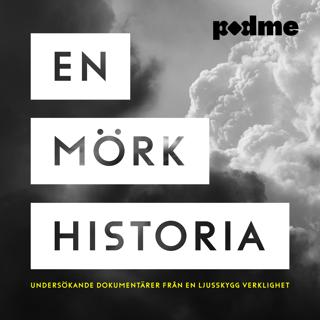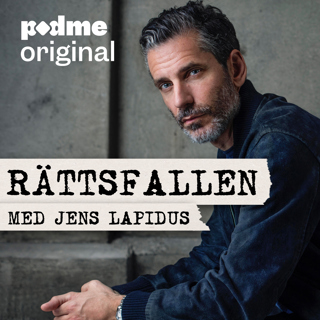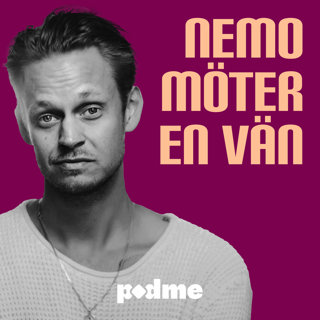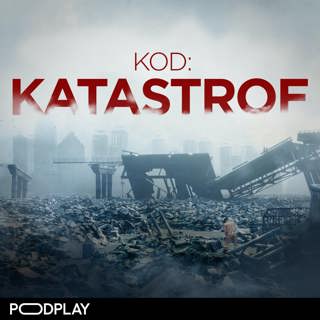
The First MRI Scan
The first magnetic resonance scan of a human body was attempted by Dr Raymond Damadian and two students in 1977. It marked a breakthrough in efforts to develop the medical technology now known as the MRI scanner. MRI uses a powerful magnetic field and radio waves to produce images of the inside of the body. Dr Damadian spoke to Ashley Byrne about his early experiments.Photo: Drs Raymond Damadian, Lawrence Minkoff and Michael Goldsmith and the completed Indomitable scanner.(Courtesy: FONAR Corporation)
3 Sep 20189min

Surviving the "Death Railway"
During World War Two the Japanese forced prisoners of war to build a 400 kilometre railway from Thailand to Burma. Tens of thousands died during the construction and it became known as the "death railway". A former British prisoner of war, Cyril Doy, told Claire Bowes how he survived sickness, starvation and humiliation while building the famous railway bridge over the River Kwai.(Photo: Allied Prisoners of War in a Japanese prison camp 1945 British Pathé)
31 Aug 20189min

The Mine Disaster That Devastated Post-War Italy
In August 1956, a fire at a coal mine in Belgium killed 262 people. The tragedy caused grief across Europe, but particularly in Italy because more than half the dead were Italian migrants. Simon Watts brings together the memories of Lino Rota, a rescue worker at Marcinelle, and Rosaria di Martino, whose family moved to Marcinelle from a village in Sicily. The interview with Lino Rota was conducted by Italian journalist, Paolo Riva.PHOTO: A funeral at Marcinelle in 1956 (Getty Images)
30 Aug 20188min

The Lake Nyos Disaster
On 21 August 1986 villagers in the north-west of Cameroon awoke to find that many of their friends and neighbours had died in their sleep. More than 1,700 people and much of their livestock are thought to have perished as a result of unexpected volcanic activity under Lake Nyos, which produced a cloud of deadly carbon dioxide. Tim Mansel spoke to two scientists who went to find out how it had happened. Photo: Dead livestock near Lake Nyos (Peter Turnley/Corbis/VCG via Getty Images)
29 Aug 20188min

Hitler's League Of German Girls
The League of German Girls was the girl's wing of the Nazi party's youth movement, Hitler Youth. Open to girls aged ten years upwards, it was a key part of the Nazi plans to shape a new generation of Germans. Caroline Wyatt travels to Berlin to meet Eva Sternheim-Peters, now 93, who joined the League at the age of ten and rose to be one of its leaders. Photo: Eva Sternheim-Peters at home in Berlin (Credit: Stefan Thissen)
28 Aug 20188min

Benidorm
The Spanish town of Benidorm is now one of the world's most popular holiday resorts - receiving more than 10 million visitors a year. The hotels and skyscrapers are the vision of Benidorm's mayor in the 1950s and 60s, Pedro Zaragoza. Zaragoza personally convinced Spain's dictator, General Franco, to allow more tourism - and to allow sunbathers to wear the bikini. Simon Watts introduces the memories of Pedro Zaragoza, as recorded by Radio Elche Cadena Ser shortly before his death.PHOTO: A busy day at Benidorm (Reuters)
27 Aug 20188min

Hitler's Architect
Among the leading Nazi inmates in Berlin’s Spandau prison, which was closed in August 1987, was Hitler's architect and minister of war, Albert Speer. He was the only top Nazi who later apologised for the Holocaust, although he claimed he never knew it was happening. Louise Hidalgo has been speaking to the journalist Roger George Clark, who interviewed Speer a decade after his release at his home in West Germany. Picture: Albert Speer standing at the gate of his house near Heidelberg in December 1979. (Credit: Roger George Clark)
24 Aug 201810min

Baba of Karo
The story behind the groundbreaking autobiography of a woman who grew up in 19th century pre-colonial Nigeria. The book is the story of Baba a Hausa woman, who lived in the farming hamlet of Karo, when the region was part of the Islamic empire, the Sokoto Caliphate. Baba's account was written down by an English woman, Mary Smith, in 1949, while she was working in northern Nigeria with her husband, the anthropologist, M.G Smith. The book became a key text in studies of pre-colonial Africa. Alex Last has been speaking to Mary Smith about her memories of Baba.Photo: Baba as an old woman in northern Nigeria in 1949 (credit: Mary Smith)
23 Aug 201810min





















